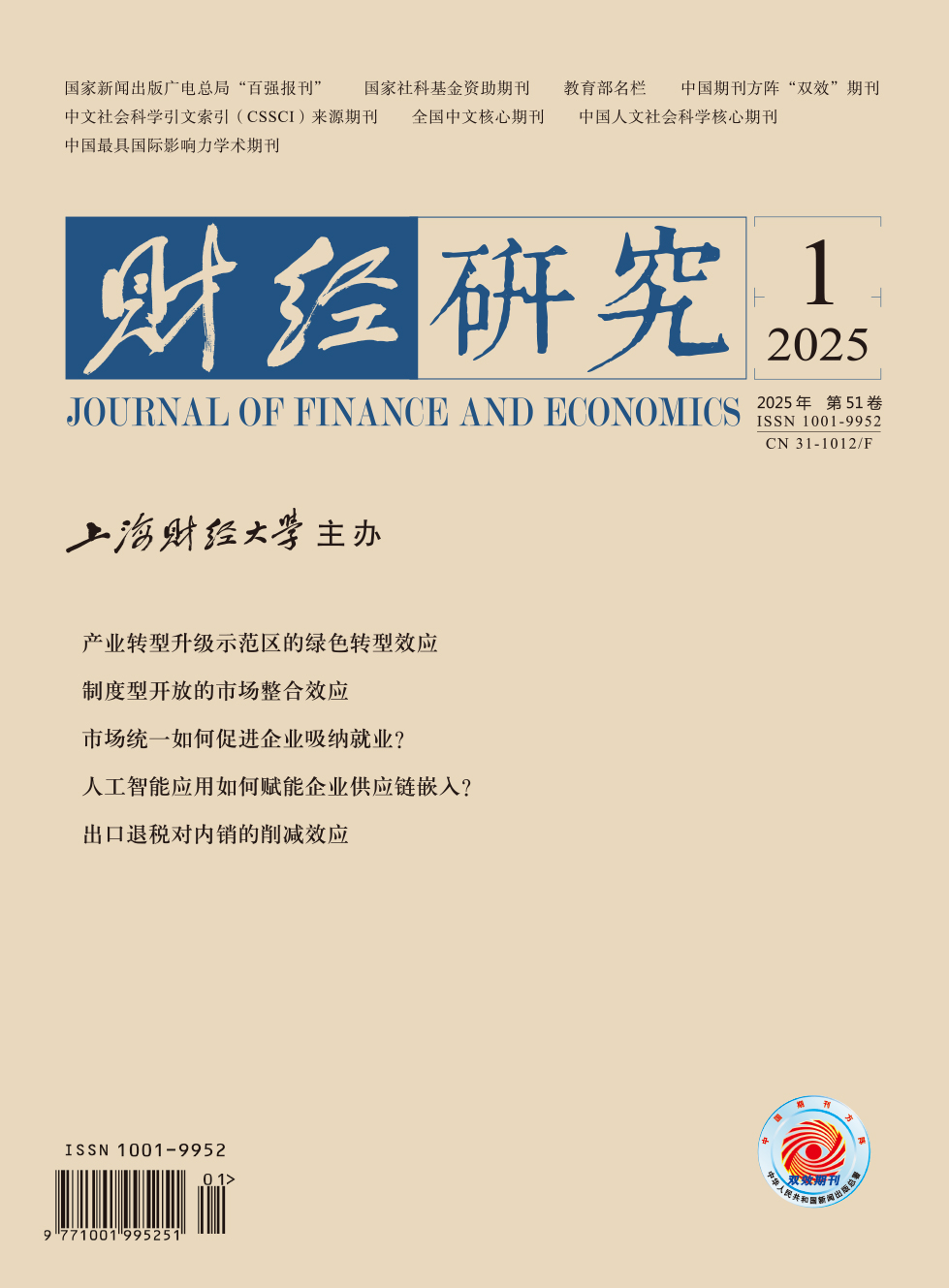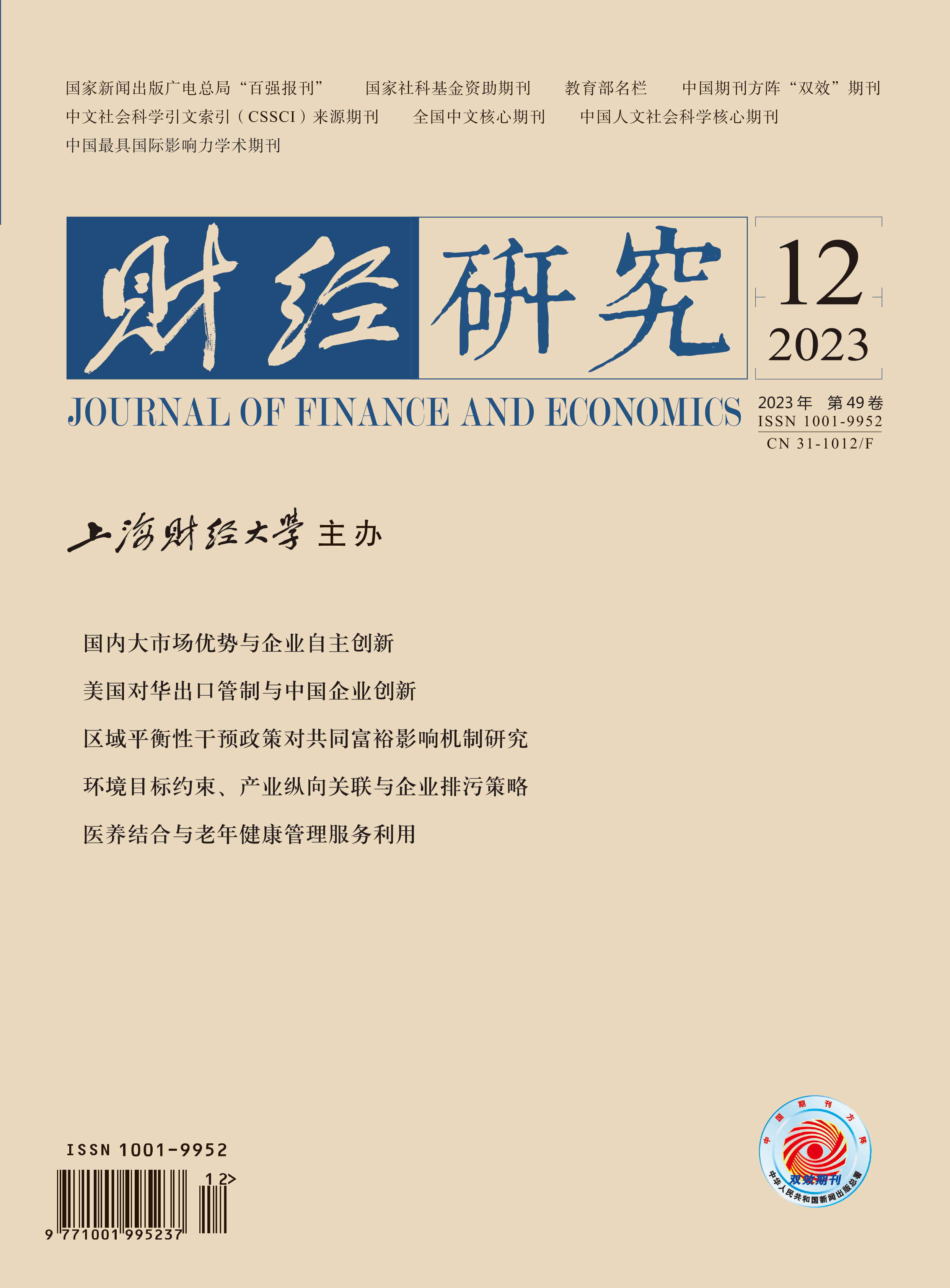In April 2018, ZTE encountered a technology embargo, which opened the prelude to the US strengthening export control to China. Since then, technological competition has gradually become the main axis of the multi-dimensional game between China and the US. With the gradual improvement of the systematic framework of the US to contain China technology, the measures that China can take gradually diminish, and US export control to China has become an important issue that China enterprises need to face. What is the impact of such a high-intensity technology embargo on the innovation of China enterprises? The answer is not yet clear.
Therefore, this paper collates the data from the entity list and the US Commerce Control List, and takes A-share companies from 2013 to 2021 as the sample to analyze the impact of US export control on China enterprise innovation. It is found that: First, US export control to China has dual effects on China enterprises. On the one hand, it inhibits the innovation output of China enterprises, but this effect gradually weakens over time. On the other hand, it promotes the innovation investment of China enterprises, and this effect is permanent and can be quickly observed. These two effects are still valid after considering “destruction pursuing the great” and industrial correlation. Second, in terms of the mechanism, US export control to China inhibits the innovation output of China enterprises by hindering the flow of innovative knowledge, and promotes China enterprises to increase innovation investment by enhancing their innovation motivation. Third, US export control to China encourages China enterprises to pursue more “endogenous innovation” and less low-quality innovation output. International R&D, innovation-leading enterprises, and government innovation driven can help China enterprises cope with US export control to China.
This paper makes the following contributions: First, in terms of indicator construction, it not only uses the entity list to measure US export control to China at the enterprise level, but also translates the names of 2,962 controlled products in the US Commerce Control List for the first time, and measures US export control to China at the product level, which improves the existing measurement. Second, in terms of identification strategy, it uses two instrumental variables to ensure the effectiveness of identification strategy, including the intensity of US export control to countries “similar” to China and the probability of US export control to China. Third, in terms of research perspective, it distinguishes the different impacts on the innovation output and input of enterprises, and analyzes the differential impacts on innovation modes and innovation types.





 3741
3741  6104
6104

